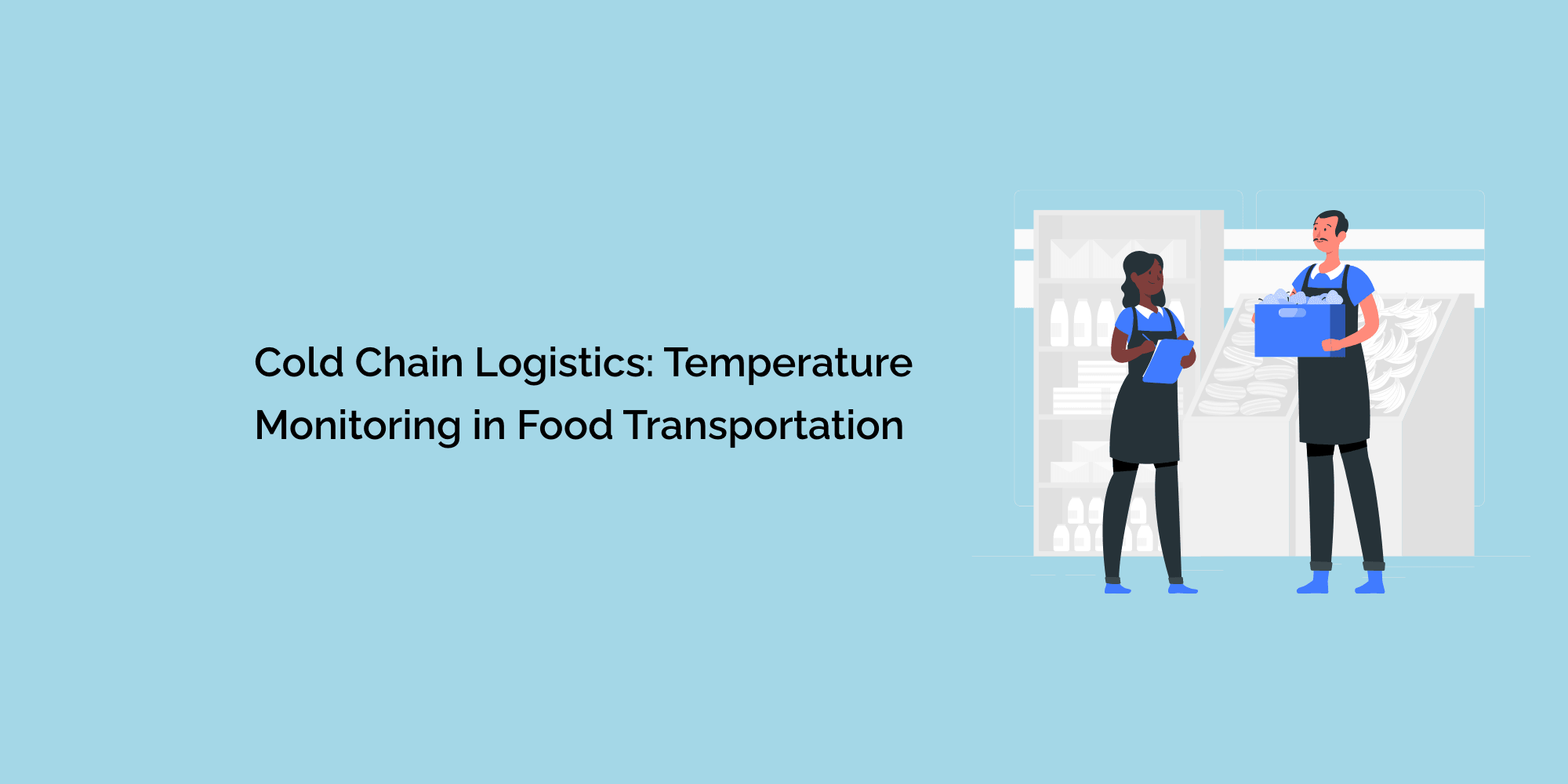The global food supply chain is a marvel of modern logistics, allowing fresh produce, meats, and other perishables to travel vast distances and still arrive at our tables in pristine condition.
At the heart of this intricate network is the "cold chain," a series of temperature-controlled environments and transportation methods that keep food safe and fresh. Temperature monitoring is a critical component of cold chain logistics, ensuring that the integrity of the products is maintained throughout their journey.
In this blog, we'll explore the significance of temperature monitoring in food transportation within the cold chain.
What is the Cold Chain?
The cold chain refers to a seamless, temperature-controlled supply chain that encompasses the entire journey of perishable goods, from production to consumption. It includes several stages:
-
Production: Food is grown, harvested, or produced under controlled conditions.
-
Processing: Perishables are processed and packaged, often under refrigeration.
-
Storage: Products are stored in refrigerated warehouses or distribution centers.
-
Transportation: Temperature-controlled vehicles and containers are used to transport goods to various distribution points.
-
Retail: Products are displayed and stored in refrigerated sections of grocery stores and supermarkets.
-
Consumption: Consumers store and prepare products under proper temperature conditions.
The Role of Temperature Monitoring
Temperature monitoring is integral to maintaining the freshness and safety of perishable goods throughout the cold chain. Here's how it works at various stages:
1. Production and Processing
At the production and processing stages, temperature monitoring ensures that raw materials and ingredients are kept at the right temperature. This prevents spoilage and maintains product quality.
-
Temperature Sensors: Farms, food processing plants, and slaughterhouses use temperature sensors to monitor the conditions of their facilities and equipment.
-
Cold Storage: Refrigerated storage facilities are used to keep ingredients and raw products fresh before processing.
2. Storage
Refrigerated warehouses and distribution centers play a vital role in maintaining the cold chain. Temperature monitoring in storage facilities includes:
-
Cold Room Monitoring: Using sensors to ensure that storage rooms maintain the desired temperature.
-
Real-time Alerts: Automated systems send alerts when temperatures deviate from safe ranges, allowing for swift corrective action.
3. Transportation
Transporting perishable goods over long distances requires specialized temperature-controlled vehicles and containers. Temperature monitoring is crucial during transit:
-
Refrigerated Trucks: These vehicles are equipped with onboard temperature sensors and monitoring systems to maintain a consistent temperature throughout the journey.
-
Container Monitoring: Shipping containers equipped with temperature sensors and remote monitoring systems help ensure the cold chain's integrity, especially for international shipping.
4. Retail and Consumption
Even after arriving at retail locations and in consumers' homes, temperature control remains essential:
-
Retail Display: Grocery stores and supermarkets use refrigerated display cases and storage units to keep products at the correct temperature.
-
Consumer Handling: Consumers must store and handle perishable goods according to recommended temperature guidelines to prevent spoilage and foodborne illnesses.
Benefits of Temperature Monitoring
Effective temperature monitoring in food transportation offers several benefits:
-
Quality Assurance: Ensures that products maintain their quality, flavor, and texture, meeting customer expectations.
-
Safety: Prevents the growth of harmful bacteria and pathogens that can lead to foodborne illnesses.
-
Reduction of Food Waste: Minimizes food waste by ensuring that products are stored and transported under optimal conditions.
-
Compliance: Helps companies adhere to regulatory requirements and safety standards, avoiding penalties and legal issues.
-
Cost Efficiency: Reduces the risk of product loss, saving companies money and reducing the environmental impact of food waste.
Conclusion
Temperature monitoring is the linchpin of cold chain logistics, safeguarding the quality and safety of perishable goods as they traverse the intricate network of the food supply chain.
Whether you're enjoying fresh produce from distant lands or indulging in a perfectly chilled dessert, temperature monitoring ensures that the food on your plate is not only delicious but also safe to eat.
It's a testament to the marvels of modern logistics and the commitment to delivering the freshest and finest products to consumers worldwide.








